The Calligraphy & Color Of Trees – 6 New Studies

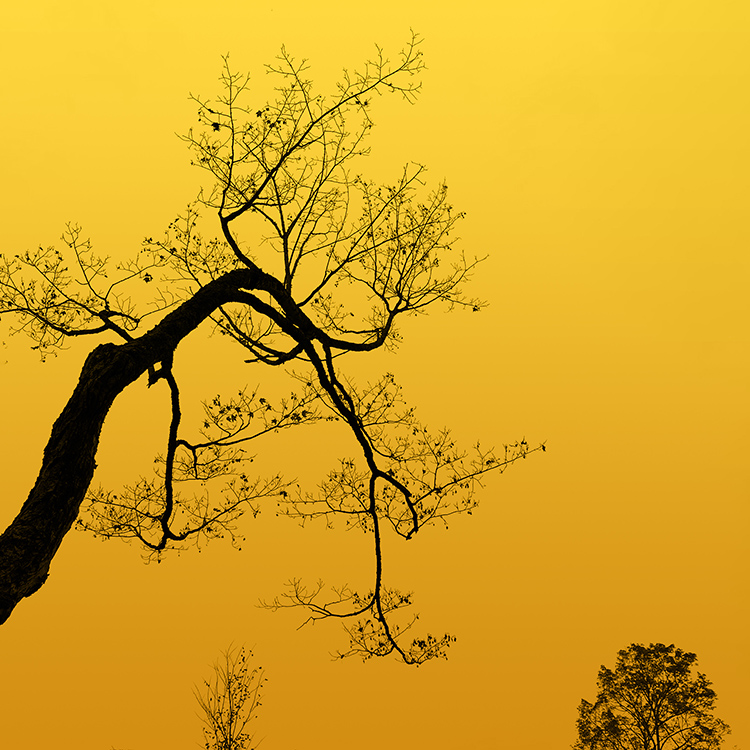

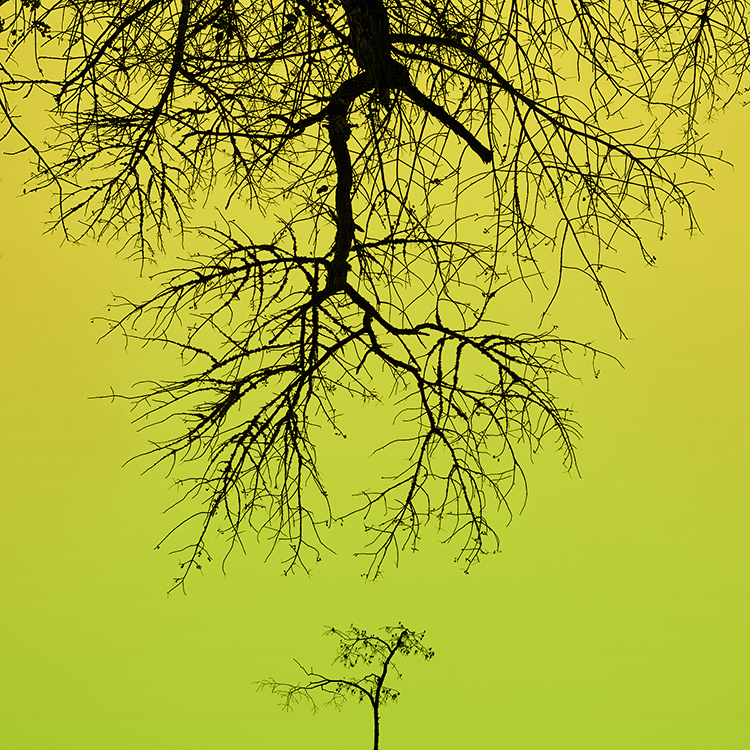
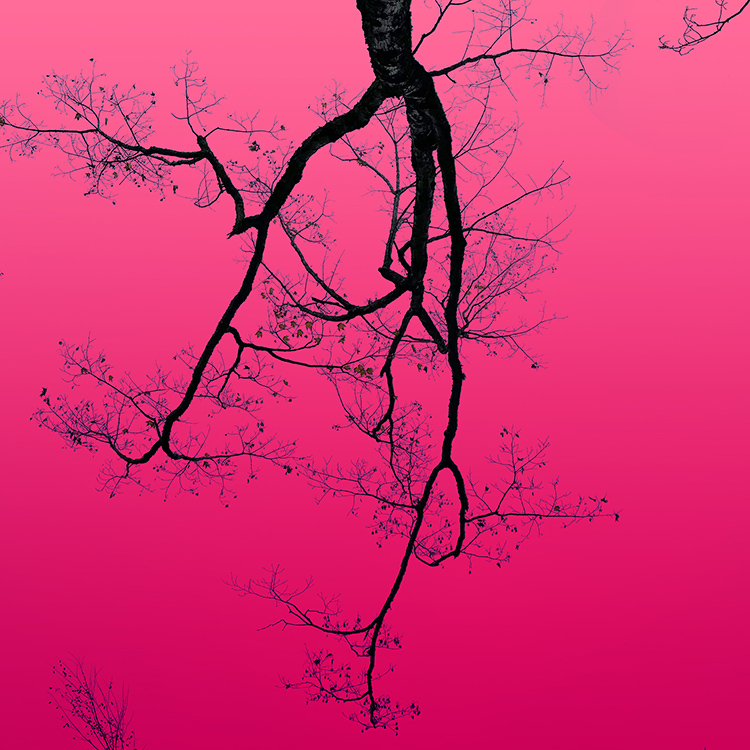
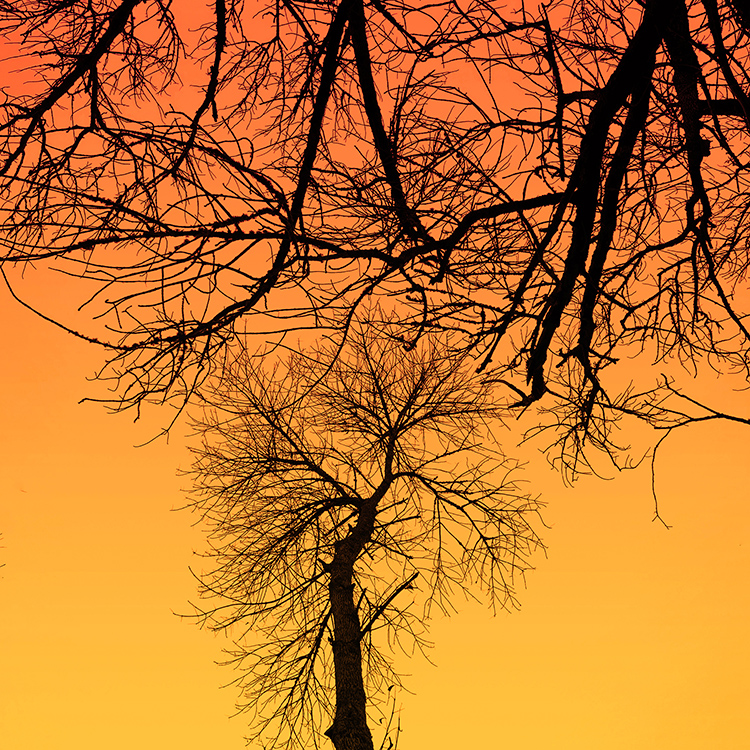
I’ve been chasing the calligraphy of trees.
What stories they tell.
Then I lifted up the colors of the leaves and gave them to the sky.






I’ve been chasing the calligraphy of trees.
What stories they tell.
Then I lifted up the colors of the leaves and gave them to the sky.
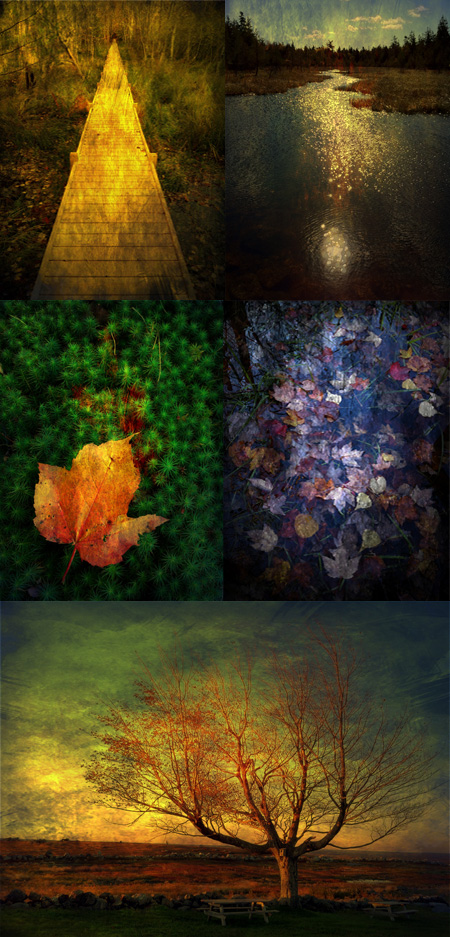
Every year, during my Acadia Maine Fall Foliage Workshop my assistant Charles Adams and I explore making photographs with our iPhones.
Charles talks about his experience.
“Making images with an iPhone can be a terrific creative exercise. If you regularly shoot with a DSLR, the iPhone can simplify things and offer a new experience. I find this to be the case during every fall foliage workshop. I leave my Canon in the car along with all of the photographic requirements and responsibilities that I usually attach to it. It’s a freeing experience. Suddenly the pressure to make the best photographs of my life is no longer there. I’m free to play.
Being able to process your images seconds after shooting them is also key to the iPhone experience. The many apps available make it possible to shoot, edit, share, and get feedback before even getting back in the car. In my case, apps have a direct effect on which pictures I chose to make. If I know I’m going to apply water color and oil painting filters to my images, I try to shoot accordingly. I set out to find good compositions with strong “bones” or solid structures that can benefit from the addition of dramatic effects.
The resulting images are fun to create. Changing the tools you use to make your images can offer new insights into your own photography. I strongly recommend allowing yourself to play.”
Visit Charles’ website here.
Find out about my Acadia Maine Fall Foliage workshop here.
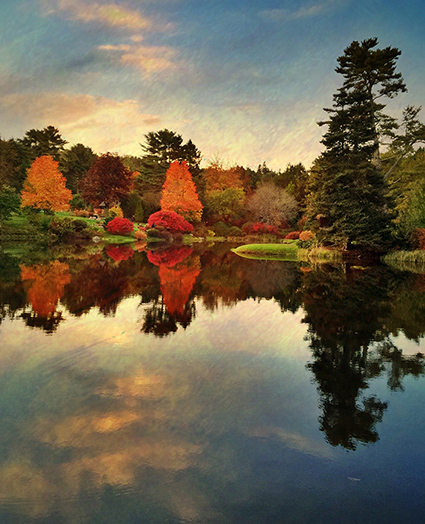
During my recent Fall Foliage / Acadia Maine Workshop we explored many of the highlights of Acadia National Park; Cadillac Mountain, Sand Beach, Thunder Hole, Monument Beach, Sieur de Monts, Wonderland and more … including an overnight stay on the Schoodic Peninsula at The Schoodic Institute).
We had great color, great weather, and great light. Great weather means a little bit of everything; clear sunny days with direct light, overcast days with soft indirect light, fog and mist, even a little rain (perfectly timed, mostly over night). It was an almost perfect study of weather, the many lights it brings, and the many moods it creates. We oscillated between two powerfully magnetic poles, the colorful forests and dramatic seacoast.
People ask me if it’s challenging to make images in a place I’ve visited so many times. I tell them its like reconnecting with an old friend; the relationship gets deeper. What’s most challenging is that many of the subjects don’t complement and even challenge key aspects of my life’s work, so I take a lighter more personal approach and rather than rushing to finished professional results I engage in deep play, asking many questions and trying many things, both new and old, to find more clarity in my creative life.
Here are a few of the sketches I produced on sight with my iPhone.
You can enjoy many more images on Google+.
Find out about my next Fall Foliage / Acadia Maine Workshop here.
Email info@johnpaulcaponigro.com to receive advance notice on our next Acadia Maine Fall Foliage Workshop.
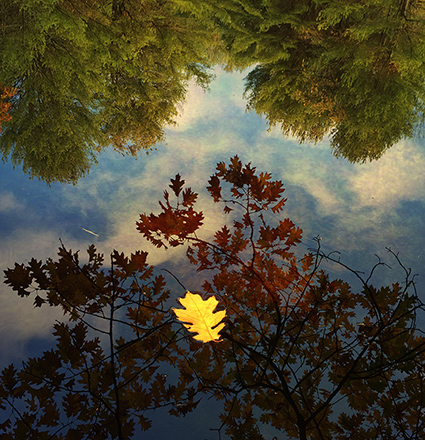
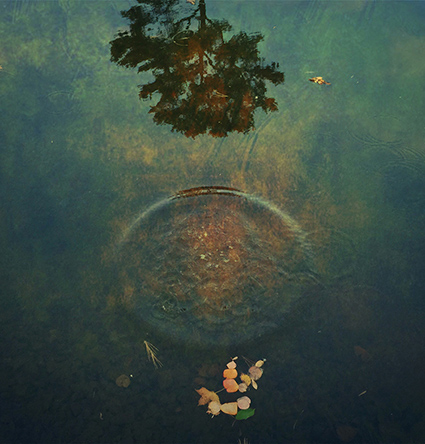
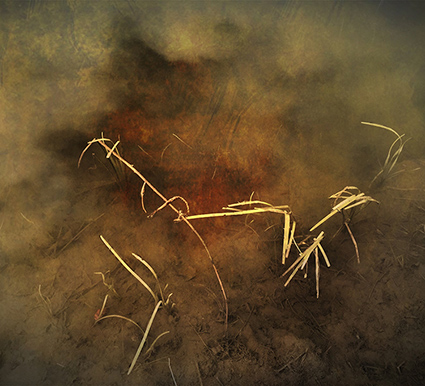
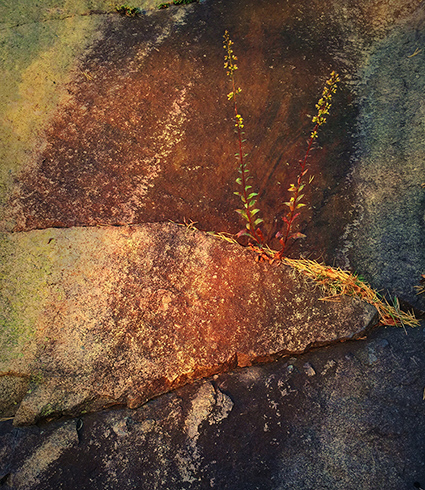
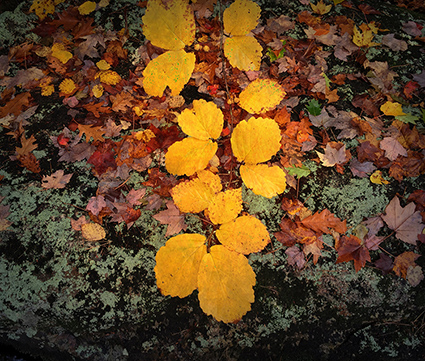
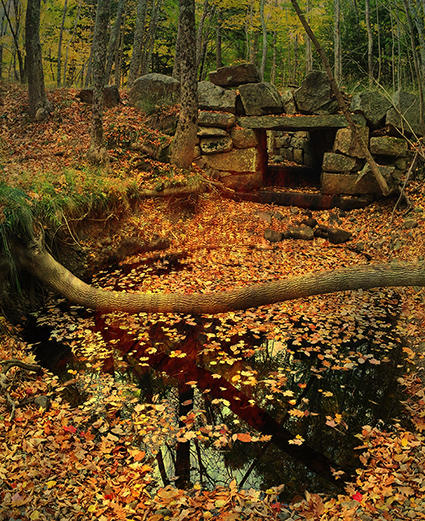
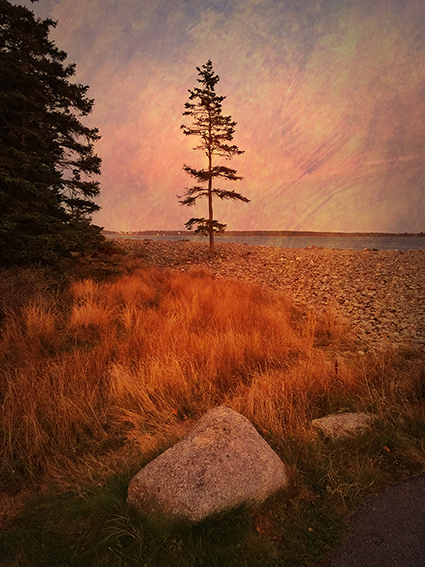
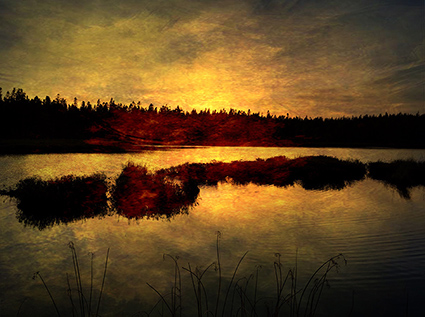

My assistant, Charles Adams, spent this years Maine Fall Foliage Workshop photographing with the iPhone. Below he talks about his experience.
“Making images with an iPhone can be a terrific creative exercise. If you regularly shoot with a DSLR, the iPhone can simplify things and offer a new experience. I found this to be the case during this years fall foliage workshop. I left my Canon in the car along with all of the photographic requirements and responsibilities that I usually attach to it. It was a freeing experience. Suddenly the pressure to make the best photographs of my life was no longer there. I was free to play.
Being able to process your images seconds after shooting them is also key to the iPhone experience. The many apps available make it possible to shoot, edit, share, and get feedback before even getting back in the car. In my case, apps had a direct effect on which pictures I chose to make. I knew I was going to apply water color and oil painting filters to my images, so I tried to shoot accordingly. I set out to find good compositions with strong “bones.” “Bones” meaning solid structure that could benefit from the addition of dramatic effects.
The resulting images were fun to create. Changing the tools you use to make your images can offer new insights into your own photography. I strongly recommend allowing yourself to play.”
Visit Charles’ website here.
Find out about my digital photography workshops here.
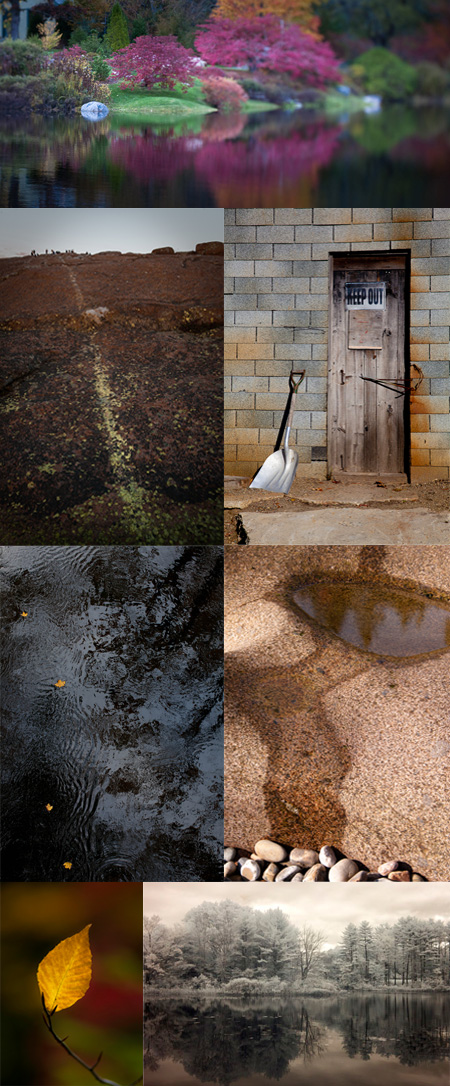
Here are some of the selected images from this years Maine Fall Foliage Workshop.
Find out about my digital photography workshops here.
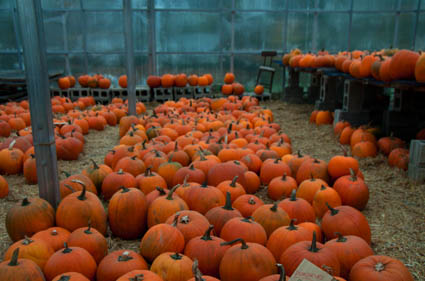
The participants in my recent Maine Fall Foliage workshop discovered many creative solutions that helped them focus on their personal vision. The inspiration and new perspectives they found are ultimately more important than the images they made; these new insights will influence all the images they’ll soon make. They found some very nice images too.
What can you do to find more inspiration for your images?
What new perspectives can you find to enrich your images?
Learn more about my field workshops here.
See more. Click ‘Read more …” Read More
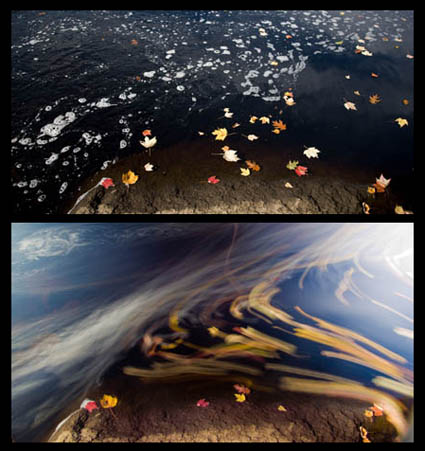
Sometimes the camera eye sees very differently than our eyes. So, it’s really useful to try new experiments. Getting a preview on screen (back of the camera or portable camera on location) give you immediate feedback. Then you can put that newfound knowledge to use on the spot.
Today in my Fall Foliage workshop, I tested time for everyone. The same stream had many different rates of flow so what worked in one situation wasn’t optimal in another. Here, 1/250th of a second with is compared with 30 seconds. At a waterfall upstream motion wasn’t frozen until 1/1000 of a second and 4 seconds was best for streaking as after 8 seconds the waterfall began to turn vaporous rather than streak.
Check out my workshops here.
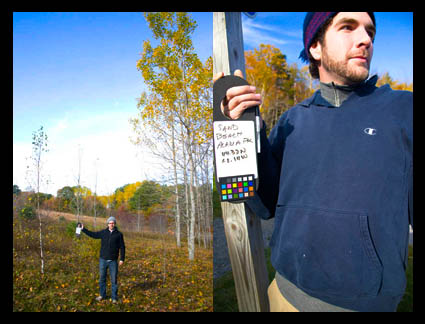
The digital r/evolution brings new habits. In my workshops we take GPS coordinates and location name (with my iPhone) and post them on a bulletin (along with a white balance target). Participants photograph the data at the beginning of each session/location. That way everyone has two pieces of useful information in one shot. It can be used for folder and file names and/or metadata.
I’ve been waiting to incorporate GPS data in my workflow until GPS is built right into my camera, but the inevitable hasn’t come as fast as I hoped for. If my cell phone has it built in, why doesn’t my 1DS Mark III? It’s probably time to buy a GPS attachment. Or should I go with a stand alone GPS unit that has a touch more accuracy and later sync the tracks? Either way, the message is just get started. The data’s too useful right now. And the longer I wait, the longer it will take to update all my old files.
Do you use GPS coordinates? What do you use? Comment here.
Check out my workshops here.
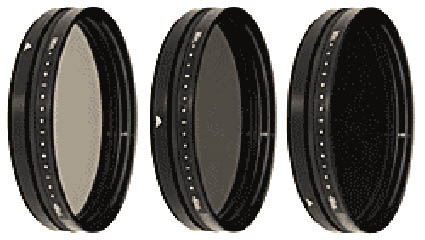
Because it offers so many more options, digital imaging may change the way you use your tools.
For instance, I use only 3 filters – a circular polarizer, a neutral density filter, and a infrared filter.
No other filter is as useful to me as a polarizer. Polarizers remove glare making colors more saturated and reflections allowing you to reduce or remove images on the surface of reflective surfaces. No software filter can do this. I use Canon’s circular polarizer. Whenever possible, I prefer to match filters to the manufacturer of the lens,
I’ve been experimenting with long exposures. Singh Ray makes a unique neutral density filter – the Vari-ND filter. Rotate it and you can slow reduce light between 2 and 8 stops. This eliminates the need to carry multiple filters and to stack them during exposure. It’s fantastic. (As an aside, I prefer all graduated filtration to be done with software because you can control both the effect and the graduation precisely.)
For infrared imagery I use an infrared filter. It’s not exactly the same as converting a camera to infrared, but it’s closer than simulating IR effects with software and it’s doesn’t permanently change your camera. I prefer to carry as little equipment as possible, move freely, and take long walks. Because I prefer to keep my options open, many times I will shoot in full color and use software to create an IR effect. If you take both a full color and IR filtered exposure of the same subject you have many more options.
I demonstrate these kinds of techniques in all of my field workshops.
See more of the products I use here.
Check out my full Review on the Singh Ray Vari-ND filter here.
Get Insights free here, for upcoming alerts of new Reviews.
Read about essential camera tests techniques here.
Check out my field workshops here.
Get a 20% discount on my Iceland (8/18-22) workshop here – expires 8/10.
Get a 15% discount on my Fall Foliage (10/17-20) workshop here – until 8/17.
The first 5 Insights Members get $1000 off South America (2/2-14/09), thereafter $250.